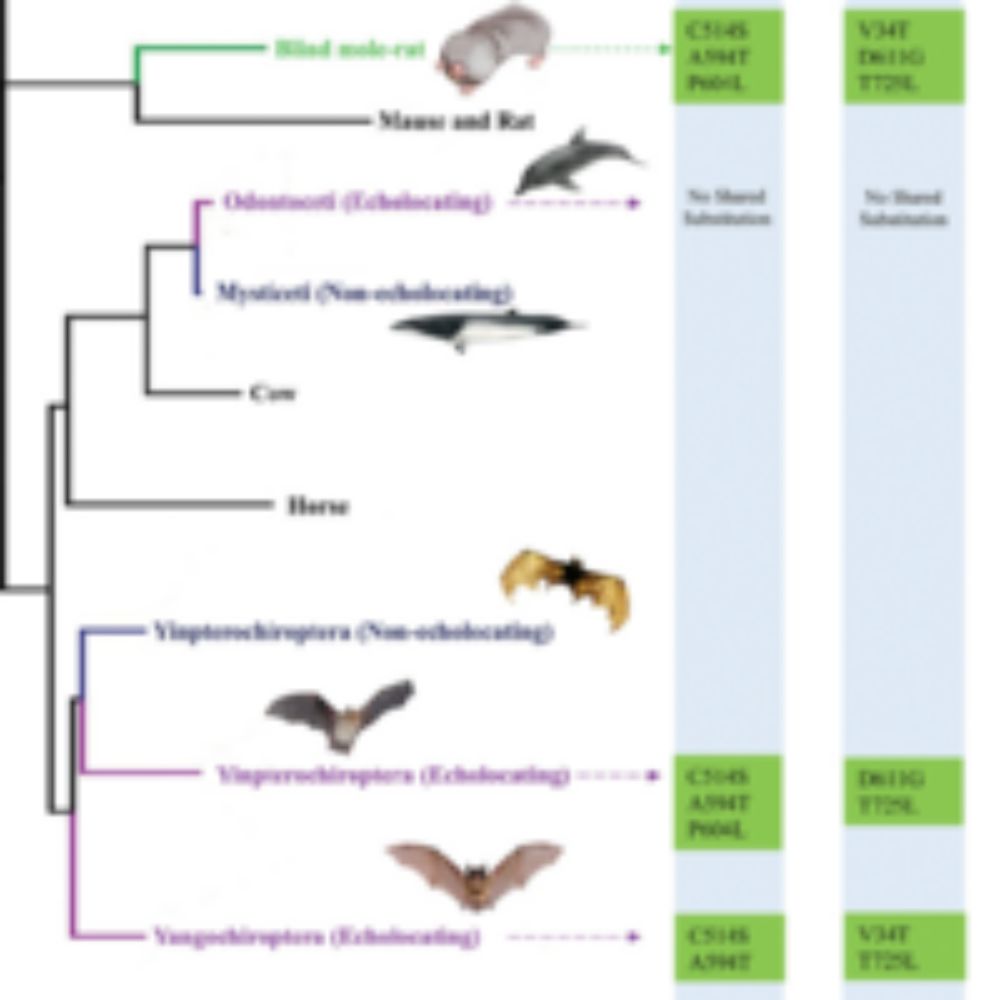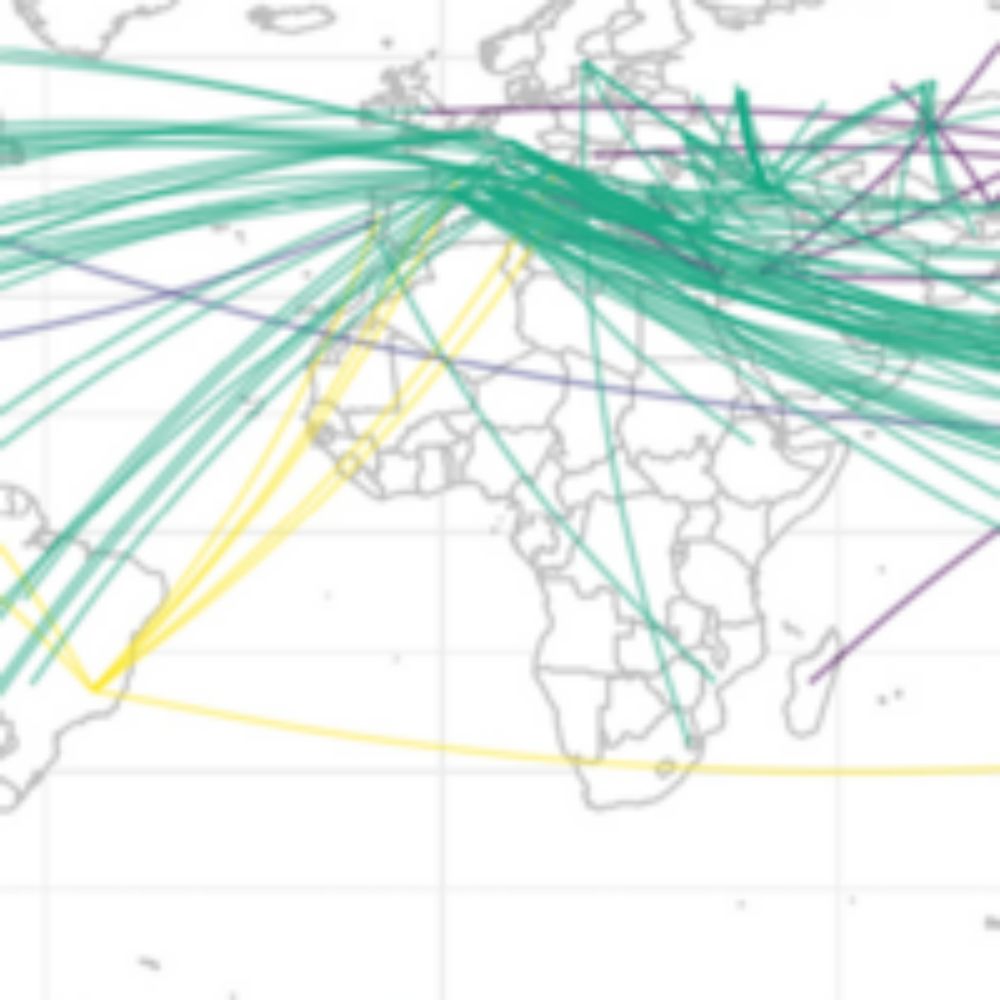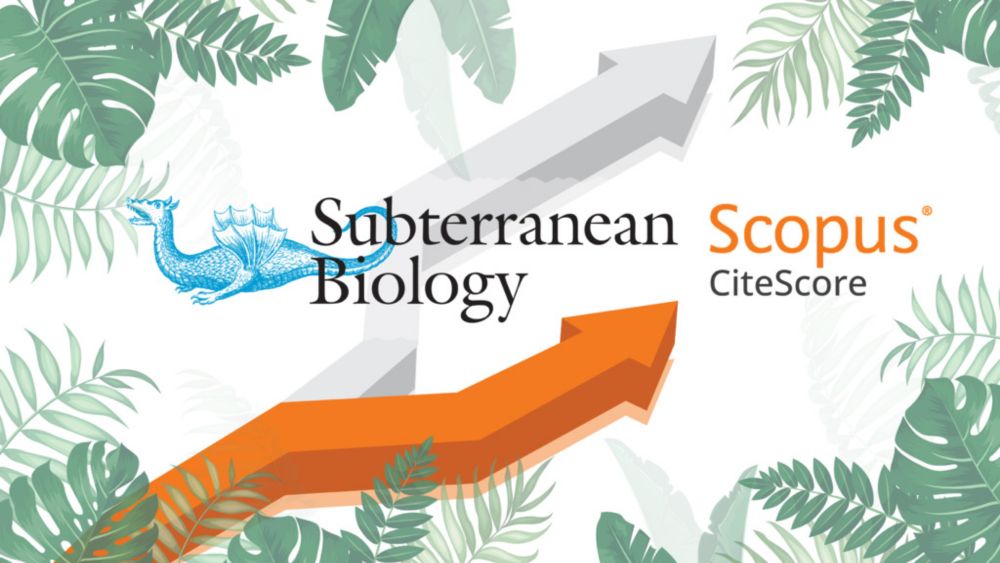@romanalther.bsky.social @florianaltermatt.bsky.social @stefanomammola.bsky.social @kirschdo.bsky.social
@maxinepiggott.bsky.social @alepdavo.bsky.social @joedtaylor.bsky.social
14.08.2025 12:40 — 👍 1 🔁 0 💬 0 📌 0
Advancing subterranean conservation through Global Research on eDNA in Groundwaters (GReG)
NONE
"If water is life, then groundwater is its lifeblood."
A forum paper on collaborative global eDNA study in groundwater ecosystems!
doi.org/10.3897/subt...
14.08.2025 12:40 — 👍 2 🔁 2 💬 1 📌 0

A new copepod species, the second endemic Elaphoidella for Vietnam, is described: doi.org/10.3897/subt...
#endemicspecies #newspecies #stygobionts #biodiversity
12.08.2025 15:24 — 👍 0 🔁 0 💬 0 📌 0
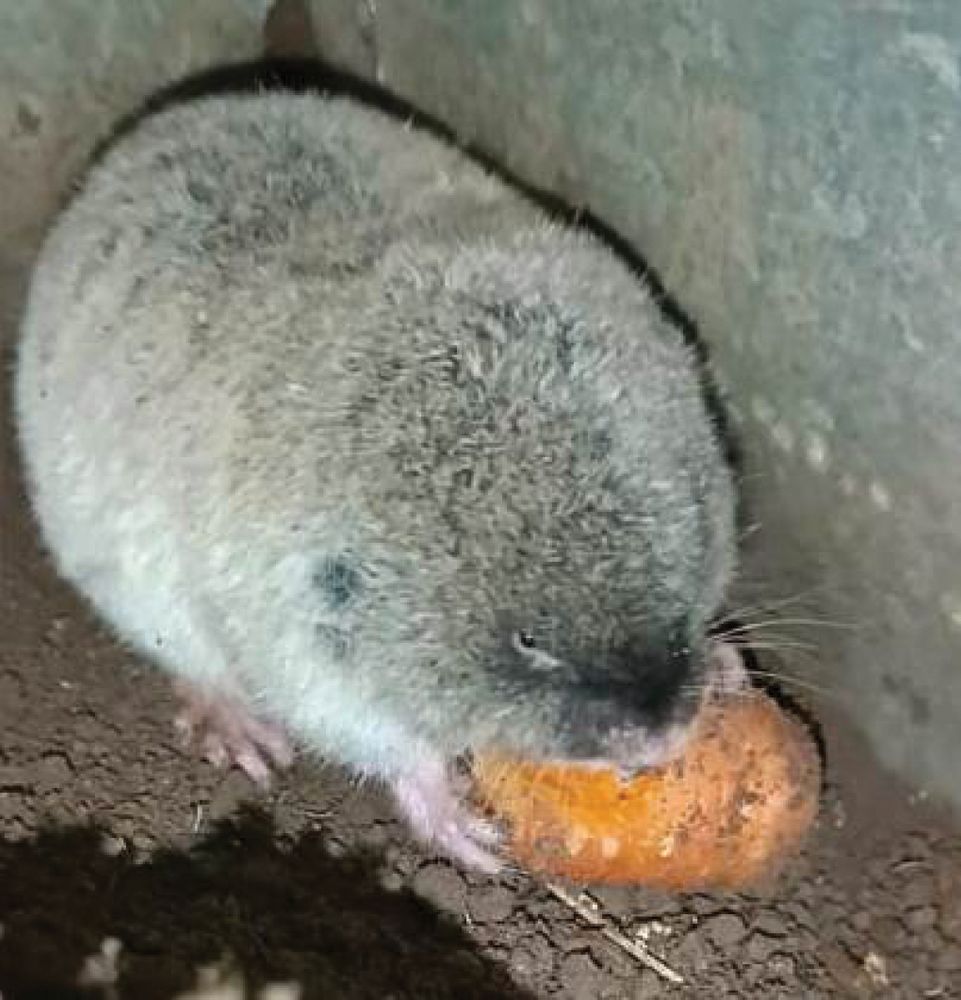
An investigation of nucleolar organizer regions and C-heterochromatin in Turkish populations of the subterranean rodent Ellobius lutescens: doi.org/10.3897/subt...
#cytogenetics #subterranean #rodents
12.08.2025 10:38 — 👍 0 🔁 0 💬 0 📌 0
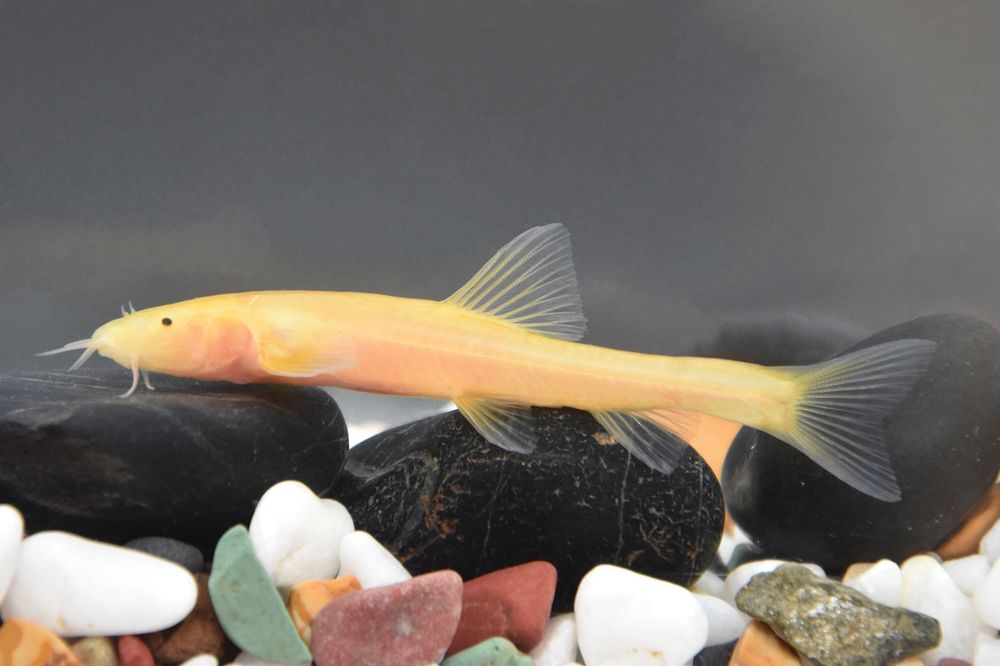
A new cave-dwelling species of the genus 𝑇𝑟𝑖𝑝𝑙𝑜𝑝ℎ𝑦𝑠𝑎 is described from southwest China.
🔗 doi.org/10.3897/zse....
06.08.2025 11:12 — 👍 0 🔁 1 💬 0 📌 0
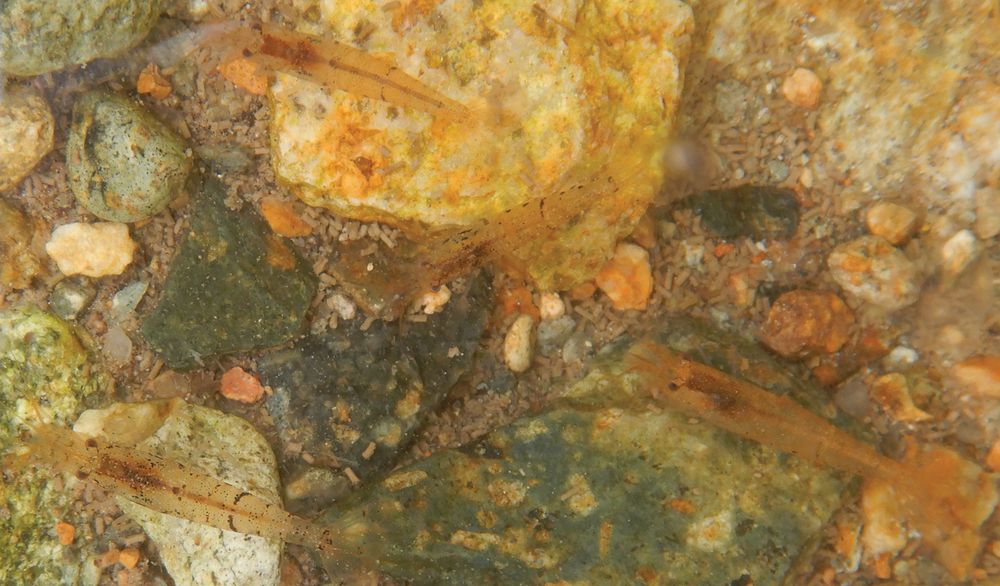
#NewSpecies!
New atyid shrimp from #vietnam just swam by:
Caridina xuanlien
Treatment: treatment.plazi.org/id/A50CBB9C-...
Publication: doi.org/10.3897/zook...
#ZooKeys #CaridinaXuanlien
#FAIRdata
#science #taxonomy #ecology #biodiversity #nature #conservation #arthropods #crustacea #shrimps
01.08.2025 06:19 — 👍 4 🔁 1 💬 0 📌 0
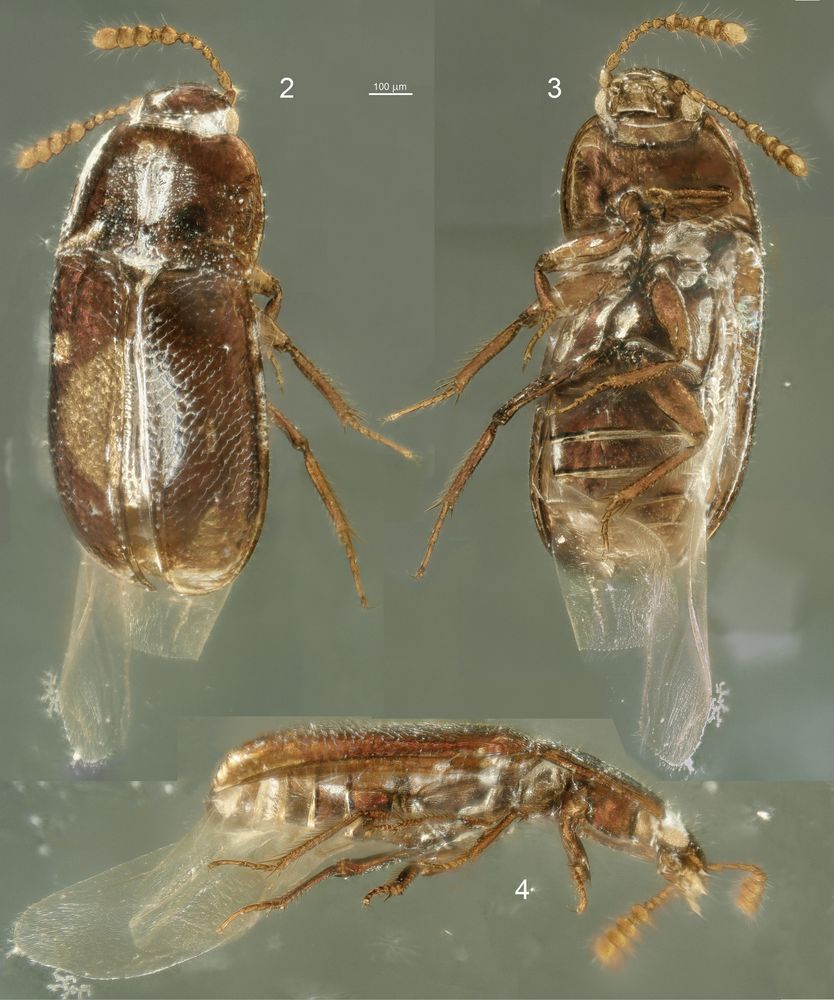
The only known extinct species of the beetle subfamily Catopocerinae (Leiodidae), Archaeocerus uenoi Perreau, 2019, is redescribed. Learn more here: doi.org/10.3897/subt...
#extinction #fossils #taxonomy @dhaelewa.bsky.social @taxonexpeditions.bsky.social @michieldegroot.bsky.social
25.07.2025 14:36 — 👍 1 🔁 1 💬 0 📌 0
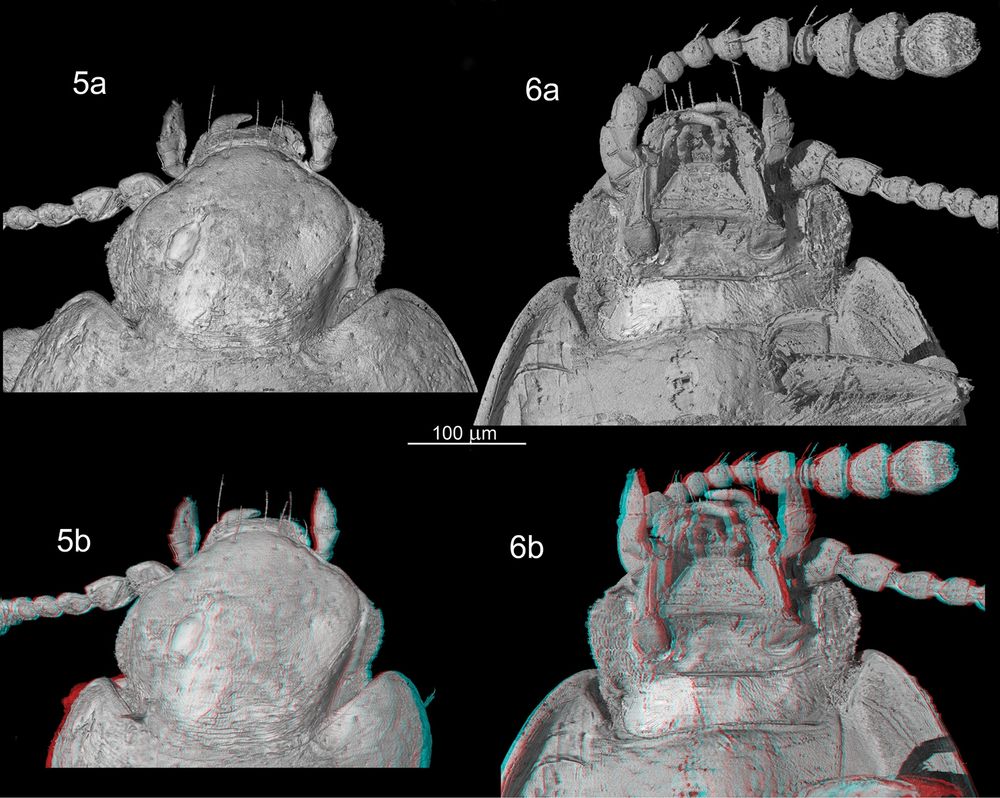
We made a few terabytes of images, which were reconstructed to create 3D images over the past couple of years by Michel back in Paris, resulting in this paper!
Doesn't it still look like he has the ~99 million year old wind blowing through his antennae?
08.07.2025 16:34 — 👍 5 🔁 2 💬 0 📌 0

Comparison image showing photos of a female (left) and male (right) tarantula viewed from above on a white background.
🕷 Two new tarantula species are described from the forest grounds of the Libmanan Caves Natural Park in the Philippines. Find out more about them here: doi.org/10.3897/subt...
#caves #spiders #tarantulas
23.06.2025 09:07 — 👍 1 🔁 0 💬 0 📌 0
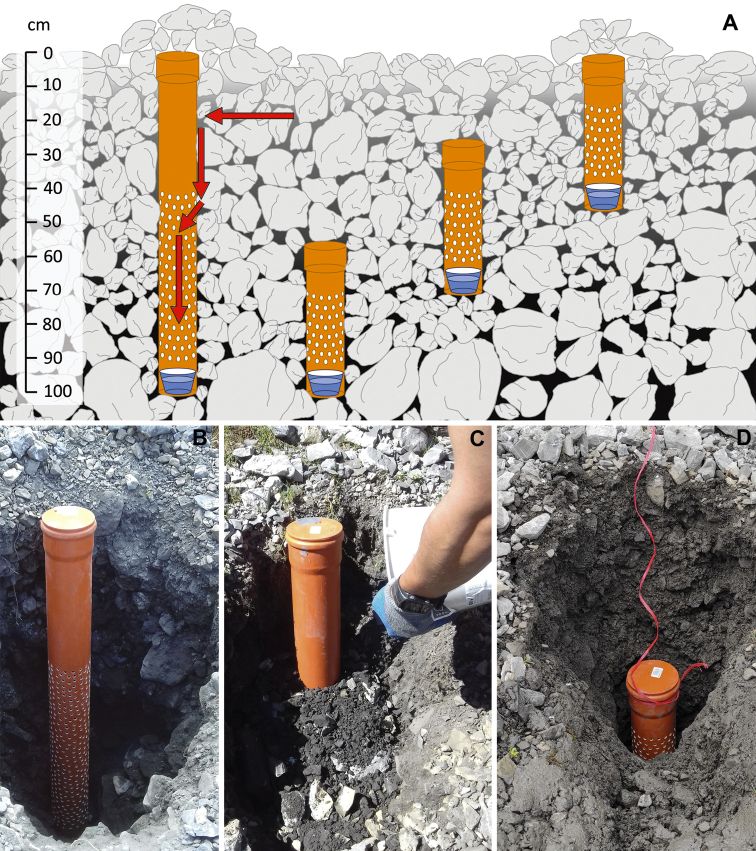
Composite image showing a schematic and photographs of soil sampling installations.
"Our study showed that standard subterranean sampling devices do indeed capture individuals of invertebrate species present in the depth range of 40 to 90 cm in the scree layer."
🔓 Study: doi.org/10.3897/subt...
@unibas.ch
13.06.2025 13:31 — 👍 1 🔁 1 💬 0 📌 0

Mixtacandona thessalica is a new non-marine ostracod species collected in a sulfidic cave in central Greece. Learn all about it in this research article: doi.org/10.3897/subt...
#subterranean #ostracods #taxonomy @quaternaryostracod.bsky.social
13.06.2025 11:33 — 👍 0 🔁 0 💬 0 📌 0

In Memoriam – Daniel Wu Fong (born December 1, 1954; died April 25, 2025)
none
An obituary piece for cave biologist Daniel Wu Fong, who passed away on April 25, 2025.
doi.org/10.3897/subt...
13.06.2025 08:30 — 👍 0 🔁 1 💬 0 📌 0
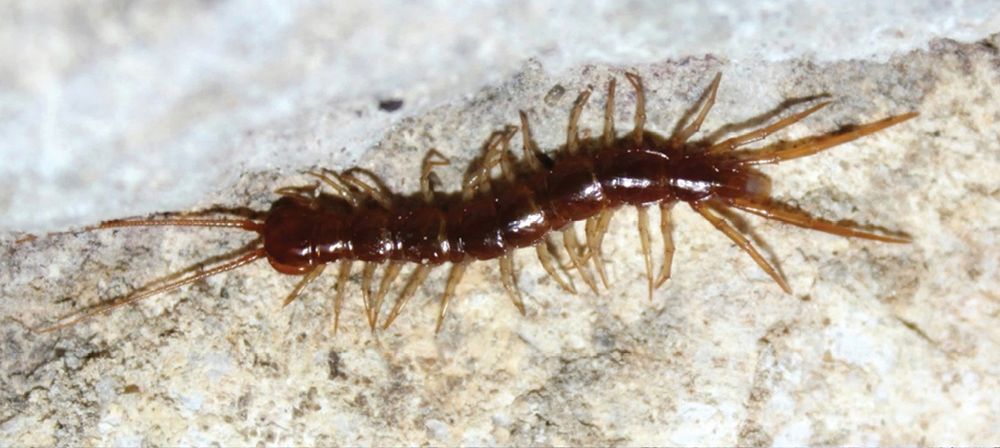
A reddish-brown centipede with a glossy body and long antennae, photographed on a rough, pale rock surface.
For the first time, the centipede Lithobius peregrinus is confirmed to occur in Romania. Find out more here: doi.org/10.3897/subt...
#biodiversity #centipedes #subterranean
13.06.2025 07:54 — 👍 1 🔁 0 💬 0 📌 0
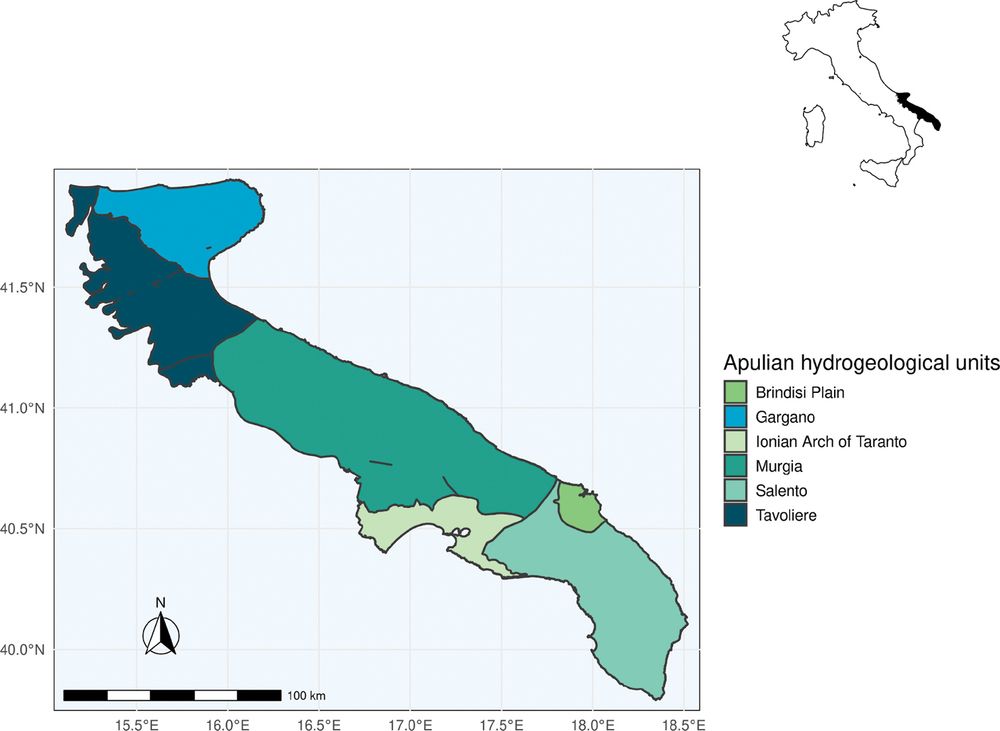
A map of the Apulia region in southern Italy showing six distinct hydrogeological units, each represented by a different color. The units are labeled as follows: Brindisi Plain (light green), Gargano (blue), Ionian Arch of Taranto (pale green), Murgia (turquoise), Salento (mint green), and Tavoliere (dark teal). A small inset map of Italy in the upper right corner highlights the location of Apulia in black. A compass rose and a scale bar indicating 100 km are located in the bottom left corner. The map includes latitude and longitude lines for geographic reference.
The first complete data collection on Apulian subterranean fauna organised according to modern standards of data sharing: doi.org/10.3897/subt...
#biodiversity #subterranean #fauna
06.06.2025 07:25 — 👍 0 🔁 0 💬 0 📌 0
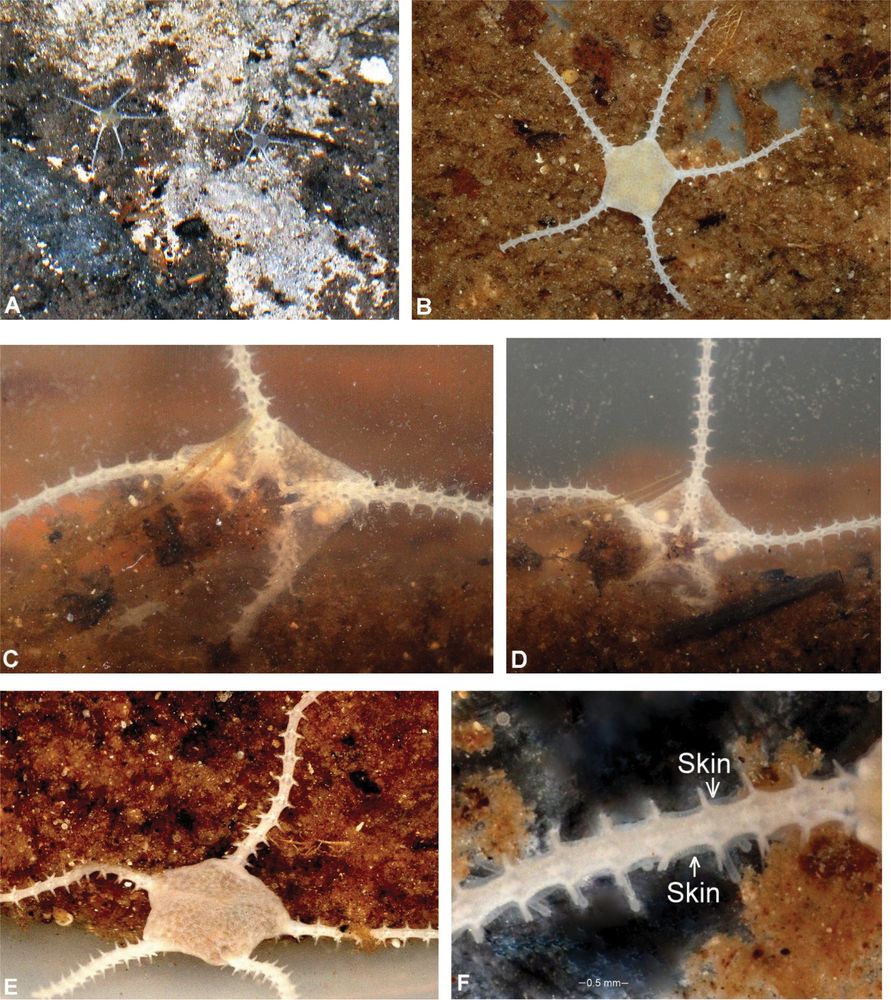
The cave brittle star Amphicutis stygobita is a small microphagous deposit-feeding brittle star that survived and grew in captivity by consuming detritus rich in microorganisms and a sticky biofilm containing extracellular polymeric substances. More about this species at doi.org/10.3897/subt...
02.06.2025 11:11 — 👍 1 🔁 0 💬 1 📌 0
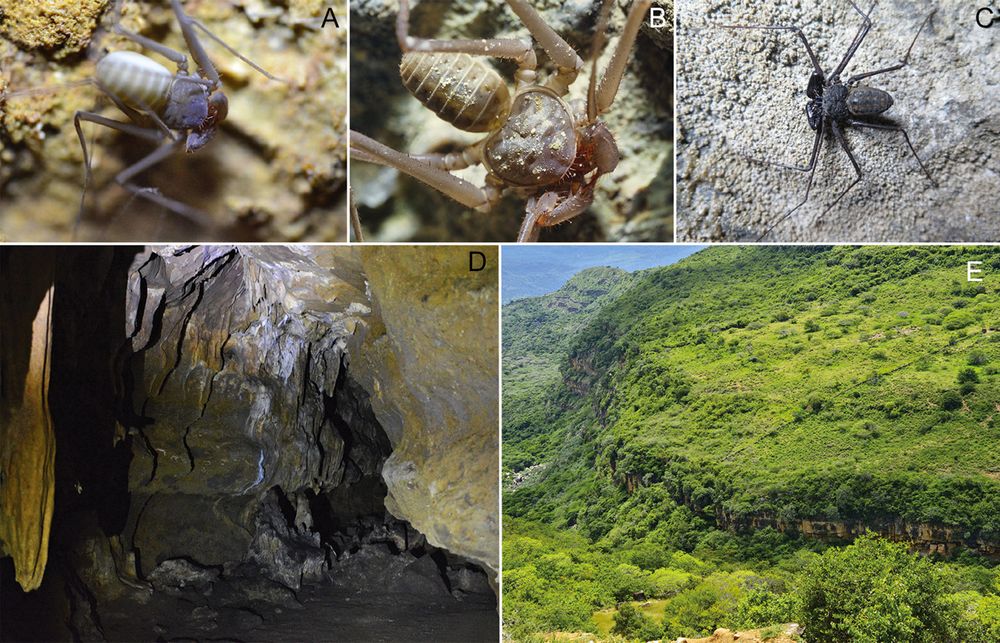
A collage of five images labeled A–E.
Image A: A close-up view of a pale whip spider on a rocky cave surface.
Image B: A detailed close-up of a whip spider.
Image C: A darker-colored whip spider resting on a stone wall in a more exposed environment.
Image D: Interior of a rocky cave showing stalactites, dark shadows, and uneven rock formations.
Image E: A lush, green mountainous landscape with steep slopes and visible rock layers, likely representing the external environment above the cave system.
An updated list of cave-associated wolf spider species in Colombia, with the description of one new species: doi.org/10.3897/subt...
#caves #biodiversity #subterranean
30.05.2025 13:18 — 👍 0 🔁 0 💬 0 📌 0
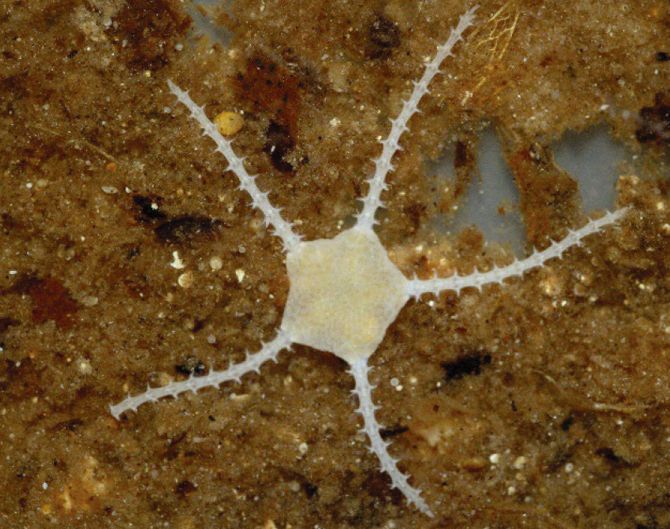
Close-up photo of a small, pale brittle star on a sandy and organic substrate. The brittle star has a pentagonal central disc with five long, slender, and spiny arms extending outward in a star-like pattern. The body and arms are semi-translucent and lightly colored, contrasting against the brown, grainy background.
Bernier Cave in The Bahamas contains a rare and possibly unique niche that has allowed for the evolution and survival of the endemic brittle star Amphicutis stygobita, this study found: doi.org/10.3897/subt...
30.05.2025 10:55 — 👍 0 🔁 0 💬 0 📌 0

A composite of five close-up images (labeled A to E) showing ventral and dorsal views of a small isopod.
Found in an underground gallery created some 2,000 years ago, this is Baeticoniscus carmonaensis, a new isopod species. Find out all about it here: doi.org/10.3897/subt...
#crustaceans #isopods #taxonomy #invert
29.05.2025 09:07 — 👍 0 🔁 0 💬 0 📌 0
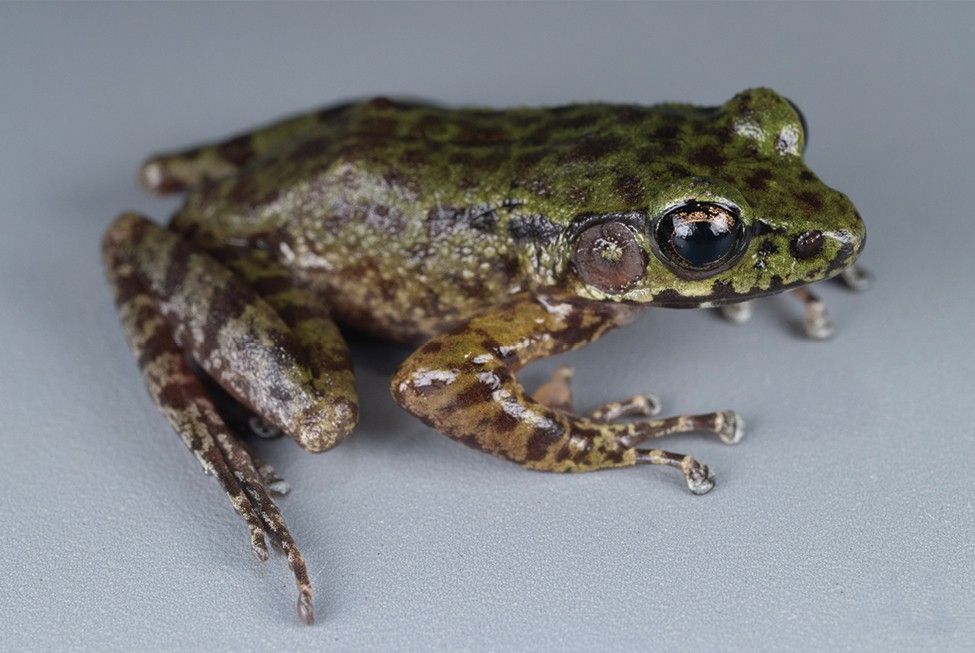
Researchers define the Odorrana lipuensis group of karst-dwelling frogs and describe a new species, Odorrana calciphila, from Guangdong, China, based on molecular and morphological analyses.
doi.org/10.3897/zse....
07.05.2025 12:56 — 👍 0 🔁 1 💬 0 📌 0

A new species of horsehair worm, which parasitises Tachycines species, has been discovered from the karstic caves in the Wuling Mountains, China.
doi.org/10.3897/zse....
07.05.2025 07:43 — 👍 0 🔁 1 💬 0 📌 0
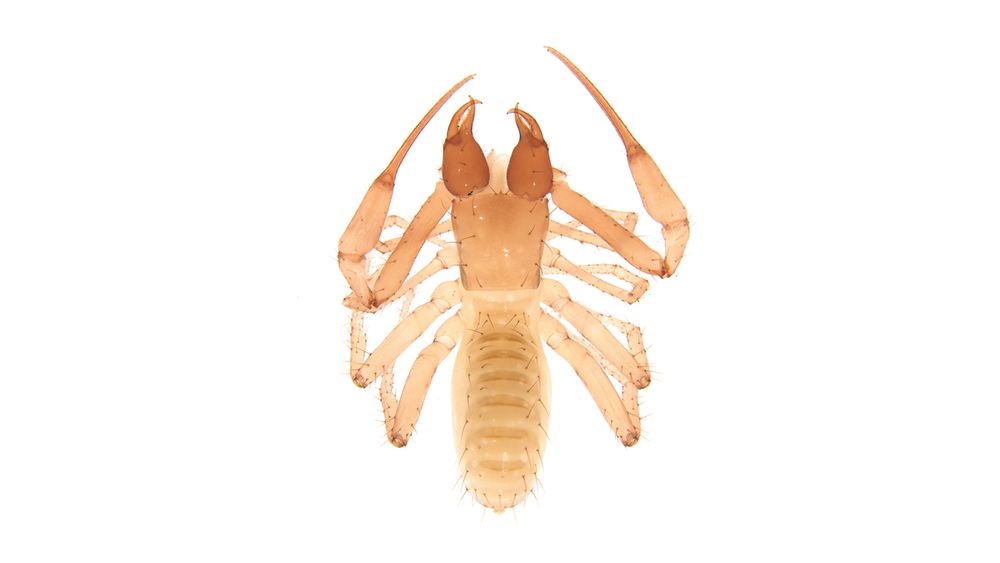
#NewSpecies!
New pseudoscorpion from #china just pinched us:
Tyrannochthonius rudongyanensis
Treatment: treatment.plazi.org/id/D2880C01-...
Publication: doi.org/10.3897/subt...
#SubterraneanBiology #TyrannochthoniusRudongyanensis
#FAIRdata
#biodiversity #conservation#arachnids #pseudoscorpions
25.04.2025 09:58 — 👍 9 🔁 1 💬 0 📌 0
Open-access, peer-reviewed journal of the Austrian Herpetological Society covering all aspects of the study of amphibians and reptiles.
Published by @pensoft.net. Powered by ARPHA.
Website: herpetozoa.pensoft.net
Open-access, peer-reviewed journal published on behalf of the Italian Botanical Society, covering all fields of botany including mycology.
Published by @pensoft.net. Powered by ARPHA.
Website: italianbotanist.pensoft.net
Open-access, peer-reviewed journal sharing scientific knowledge on pollinators. Supported by the European Union pollinator projects community
Published by @pensoft.net. Powered by ARPHA.
Website: https://apr.pensoft.net/
Open-access, peer-reviewed journal on the taxonomy, systematics, biogeography, and palaeontology of Afrotropical invertebrates.
Published by @pensoft.net. Powered by ARPHA.
Website: africaninvertebrates.pensoft.net
Peer-reviewed, open-access journal devoted to the description, analysis and conservation of biodiversity.
Published by @pensoft.net. Powered by ARPHA.
Website: neotropical.pensoft.net
Journal of the Swiss Entomological Society, publishing original research articles, reviews, etc. on insects and other arthropods from mountainous regions around the world.
Published by @pensoft.net. Powered by ARPHA.
alpineentomology.pensoft.net
Open-access, peer-reviewed journal in ichthyology and fisheries
Published by @pensoft.net. Powered by ARPHA.
Website: aiep.pensoft.net
ARPHA Preprints is designed to answer the growing need for faster dissemination of scientific research by posting preprints submitted to journals hosted on the ARPHA Platform.
Website: preprints.arphahub.com
Open-access, peer-reviewed journal devoted to zoological research, published biannually by the "Grigore Antipa" National Museum of Natural History in Bucharest, Romania.
Published by @pensoft.net. Powered by ARPHA.
Website: travaux.pensoft.net
Open-access, peer-reviewed journal for taxonomic, floristic/faunistic, genomic, phylogenetic, environmental etc. data on any taxon from any geological era and georgraphy.
Published by @pensoft.net. Powered by ARPHA.
Website: bdj.pensoft.net
Open-access, peer-reviewed journal of plant community ecology, publishing new vegetation typologies and applied studies.
Published by @pensoft.net on behalf of @iavs5.bsky.social. Powered by ARPHA.
Website: https://vcs.pensoft.net/
Open-access, peer-reviewed journal of systematic entomology.
Published by @pensoft.net on behalf of @mfnberlin.bsky.social. Powered by ARPHA.
Website: https://dez.pensoft.net/
Open-access, peer-reviewed journal for all areas of mycology, from basic research to applications.
The flagship journal of @ima-mycology.org.
Published by @pensoft.net. Powered by ARPHA platform.
Website: https://imafungus.pensoft.net/
Open-access, peer-reviewed journal for research on biological invasions.
Published by @pensoft.net. Powered by ARPHA Platform.
Website: https://neobiota.pensoft.net/
Open-access, peer-reviewed journal for metabarcoding & metagenomics research.
Welcomes submissions documenting all types of outcomes throughout the research cycle.
Published by @pensoft.net. Powered by ARPHA platform.
Website: mbmg.pensoft.net.
Open-access, peer-reviewed journal devoted to all areas of palaeontology.
Published by @pensoft.net on behalf of @mfnberlin.bsky.social. Powered by ARPHA.
Website: https://fr.pensoft.net/
Open-access, peer-reviewed journal for research, discussion & innovation of natural history collections.
Publications foster deeper understanding & appreciation of natural history.
Published by @pensoft.net. Powered by ARPHA.
Website: nhcm.pensoft.net
Open-access journal for all aspects of nature conservation across all disciplines concerning basic & applied conservation.
Published by @pensoft.net. Powered by ARPHA platform.
Website: natureconservation.pensoft.net
Open-access, peer-reviewed journal for taxonomy, phylogeny, biogeography, evolution and ecology of the monophyletic kingdom Fungi (including lichens).
Published by @pensoft.net. Powered by ARPHA Platform.
Website: mycokeys.pensoft.net
Open-access, peer-reviewed journal in systematic botany.
Publishes new taxa, revisions, checklists, data papers & more from any geological age and any part of the world.
Published by @pensoft.net. Powered by ARPHA.
Website: phytokeys.pensoft.net




